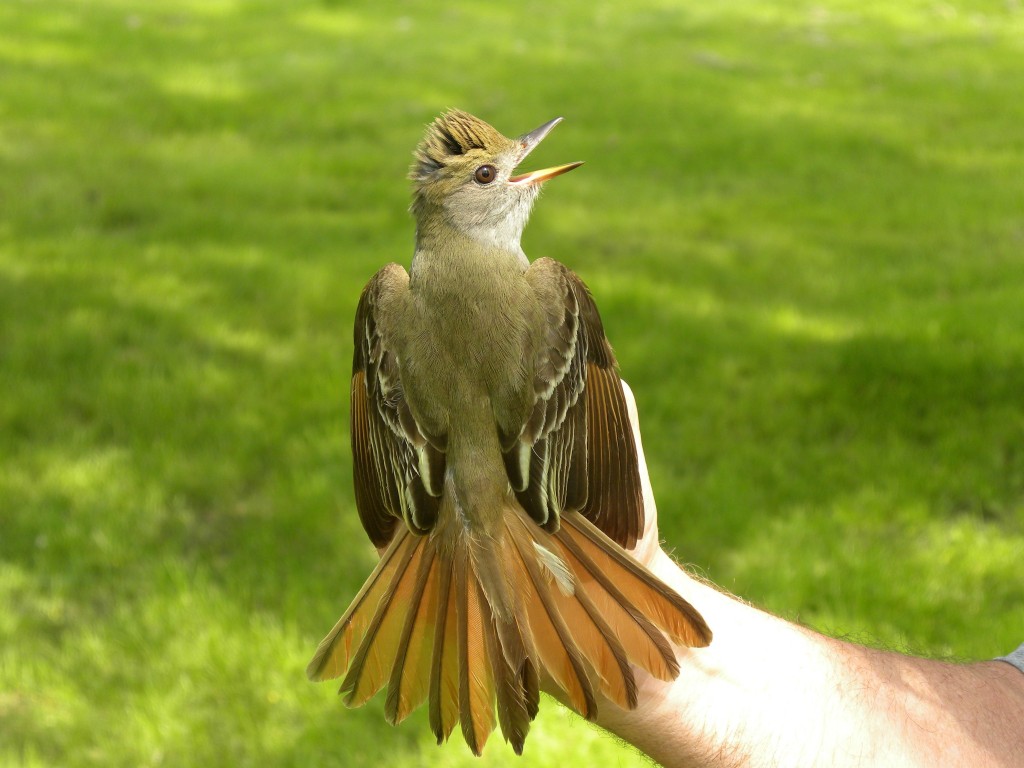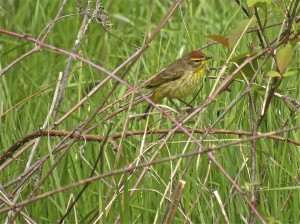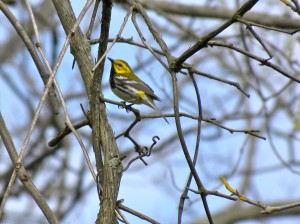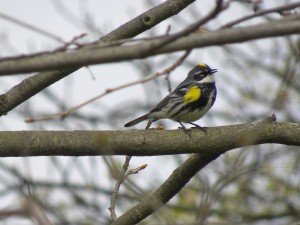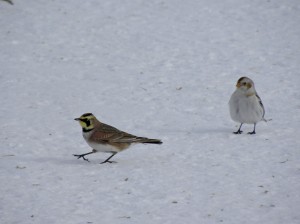May 4th. 2012. I know my hearing is not what it used to be; much diminished I’m sure. Whatever the measurable state of my auditory acuity it’s perhaps ironic that my census work at the bird observatory depends to a great extent on my ability to identify birds by sound. I probably only ever see 30% of the species I record, the rest is just identification by call or song. Background noises like crunching footsteps, road traffic or people-chatter can make hearing and distinguishing bird sound anywhere from difficult to impossible.
All of this is to set the stage for explaining how, on a morning full of birds and song, a cacophony of birdsound actually makes it harder to complete the census – there’s just too much distraction and too much to process
It’s early May and the wave of new migrants fills the air with bird songs and calls. Baltimore Orioles’ full-bodied whistles are one of the loudest and most invasive distractions. Rose-breasted Grosbeaks, American Robins, Cardinals and Tufted Titmouses (I may need help with the plural form) were all singing boldly. Filling in the gaps were Blue-gray Gnatcatchers, Yellow Warblers and Mourning Doves; each has a way of filling the air without you really noticing right away. There was more, including a couple of Scarlet Tanagers (heard not seen) Common Yellowthroat (ditto) and Warbling Vireos. I watched an Osprey carry off a large writhing fish, labouring to gain height and then when fully free of the distractions of the land it shook itself dry, in much the same way I imagine a flying dog would.
But the best, most welcome call of the day was a single Great-crested Flycatcher calling from a grove of Sugar Maples. This bird is a patriarch of the woods. The mere fact that it spends its winters in Central and north-west South America doesn’t (in its opinion) diminish its claim to the land when it returns to breed. Great-crested Flycatchers nest in tree cavities in wet woodlands, preferring an open area with decrepit trees and lots of insects. It holds its fiefdom with its bold “WHEEEEP…crrrr”. Pete Dunne says “… Often perches high on dead branches just beneath the canopy, where it admonishes the universe with a rich, loud, rolling cacophony.”
This photograph, taken a couple of years ago, shows a Great-crested Flycatcher shortly after being banded and full of righteous and indignant protest. Note the crown.
